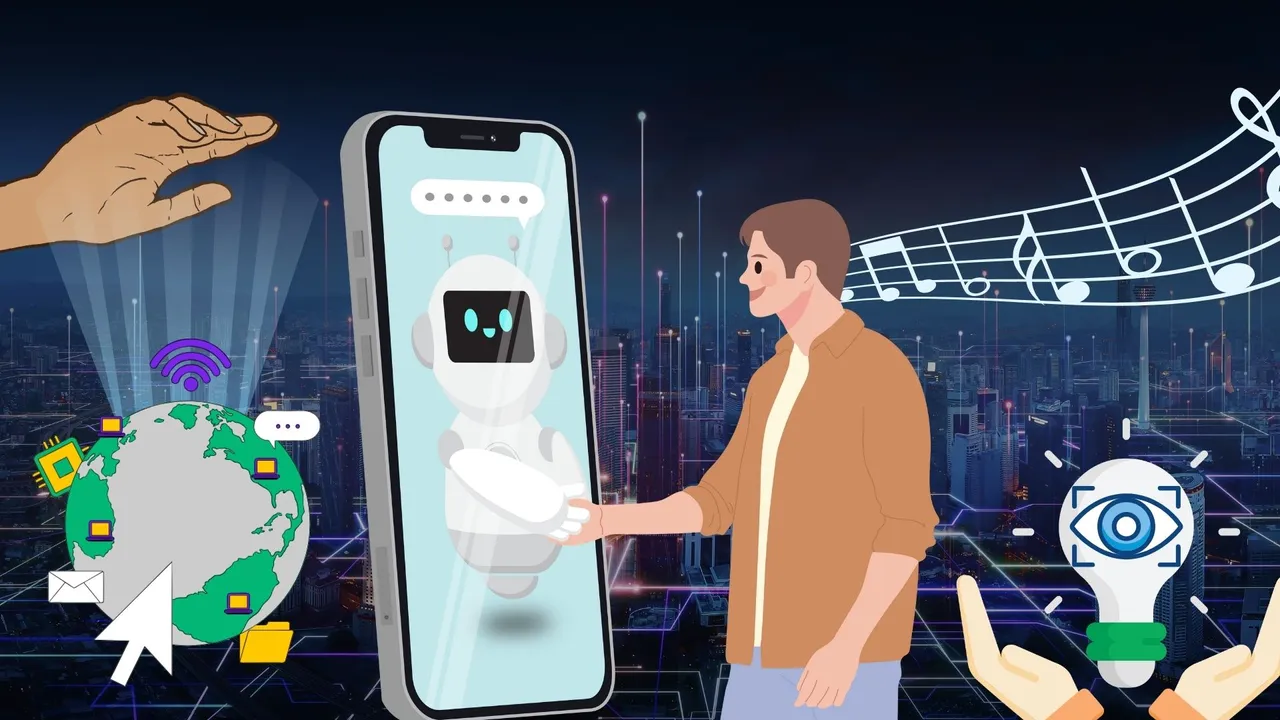
Designing interactive systems requires a comprehensive understanding of various human characteristics to ensure the outcome benefits everyone. This involves considering usability, domain, task, goal, intention, task analysis, and ergonomics to meet the standard of easy human-computer interaction. The ideal designer of an interactive system would have expertise in human capacities. Below, we will explore the human ability to process information and its implications for design.
Vision is crucial for receiving information from computer screens. Visual perception occurs in two stages. First, our eyes and visual system capture images from the external world. Due to the structure of our eyes, certain details, like specific types of light or minute details, remain unseen. Second, our brain processes and interprets these images. Despite this, there are limitations in what our brain can interpret correctly or notice.
Reading builds on seeing. The process involves seeing the words, where our eyes recognize the shapes and patterns of words on a page. Then comes decoding, where our brain translates these visual patterns into understandable language based on our knowledge. Finally, understanding the sentence is when our brain analyzes the grammar and meaning of phrases or sentences to comprehend the message fully.
Hearing is essential for interacting with computers, particularly with gadgets like speakers and headphones. Our ears detect frequencies from 20Hz to 15kHz, allowing us to hear sounds directly projected to us while ignoring those outside our range. Sounds from devices provide feedback, such as indicating a computer is turned on or an iPhone is charging.
Touch, or haptic perception, is integral to technologies with touch screen capabilities, offering quick and precise feedback. For visually impaired individuals, haptic technologies provide stimuli perceived through skin receptors, enhancing interaction.
Movement is inherent to interaction, involving response time, reaction time, and movement time. Reaction times vary approximately 200ms for visual stimuli, 150ms for auditory stimuli, and 700ms for pain. Slower reaction times can impact unskilled operators more than skilled ones.
Information we gather is stored in memory, either short-term or long-term. Memory has three buffers for stimuli: iconic memory for visual, echoic memory for auditory, and haptic memory for touch. Short-term memory is temporary storage for quick recall, while long-term memory holds knowledge more permanently. Long-term memory includes episodic memory, which is the memory of events in sequence, and semantic memory, which is the memory of facts, concepts, and skills.
Humans are unique in their capacity for reasoning, which involves three types. Deductive reasoning consists of drawing specific conclusions from general premises, such as concluding that robins must be able to fly if all birds can fly and a robin is a bird. Inductive reasoning involves making generalizations based on specific examples, like seeing several white swans and concluding that all swans are white. Abductive reasoning involves making educated guesses about causes based on events, such as seeing a wet street and guessing it rained.
Humans excel at thinking and problem-solving. Errors, categorized as slips and mistakes, occur when intentions are either right but poorly executed (slips) or wrong due to incorrect understanding (mistakes). Creating mental models helps understand and predict behavior, but errors arise if these models are inaccurate.
Emotion involves cognitive and physical responses to stimuli, affecting problem-solving and task execution. Positive thinking enhances motivation and task performance, while negative thinking hinders it. Aesthetically pleasing and rewarding interfaces can increase positive effects and improve user experience.
In conclusion, the relationship between human characteristics and interaction design highlights the importance of understanding our sensory, cognitive, and emotional capabilities. By looking into how we see, read, hear, touch, move, remember, think, solve problems, and feel, designers can create interactive systems that are not only functional but also intuitive and enjoyable to use. As we bridge the gap between human nature and technology, we pave the way for more accessible, efficient, and human-centered digital experiences. Let this exploration inspire designers to prioritize the human element in their creations, ultimately fostering a more harmonious and effective interaction between humans and technology.
Posted using Honouree